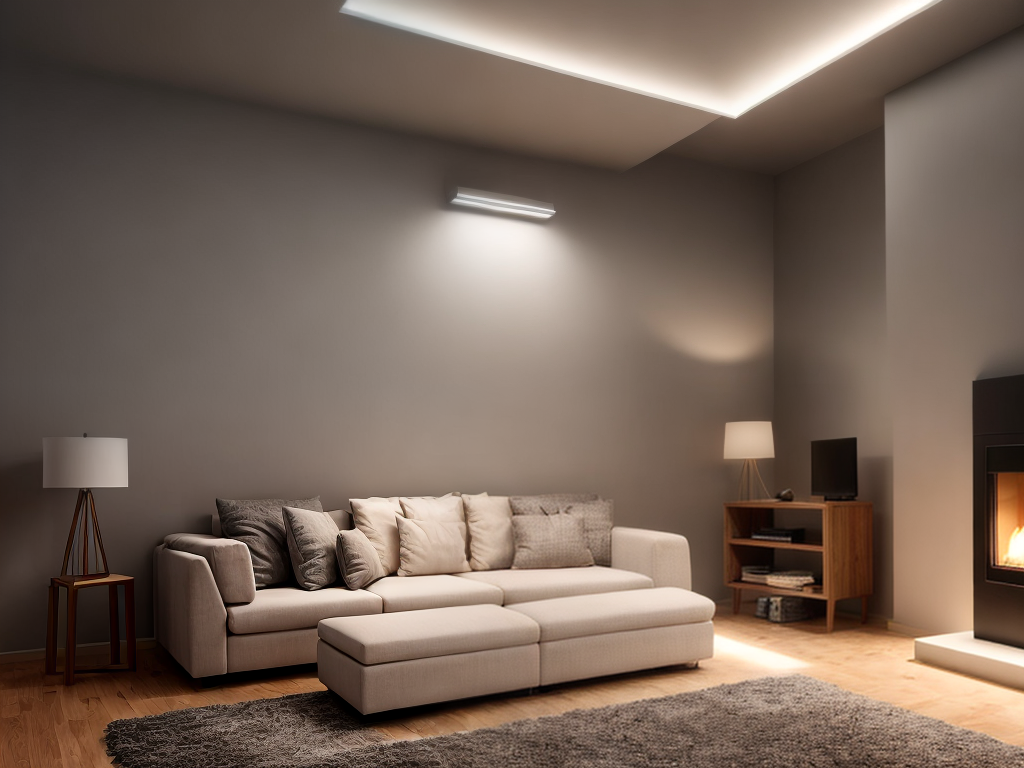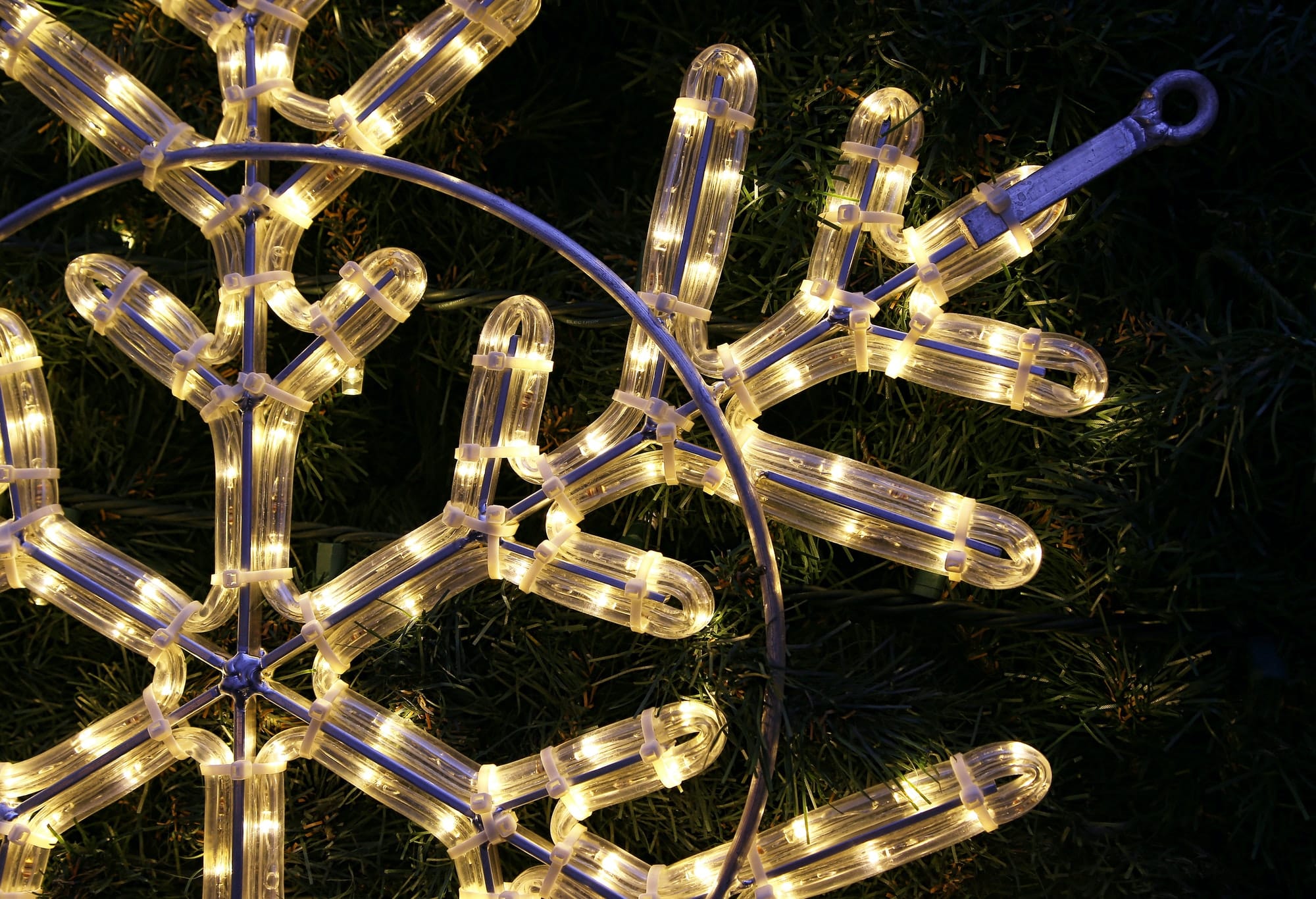Welcome to the new frontier of wireless LED lighting systems! As an enthusiast in the field, I am excited to share with you the advancements and possibilities that arise with this innovative technology. Wireless LED lighting systems offer a multitude of advantages, from increased energy efficiency to enhanced flexibility in installation and control. In this article, we will delve into the various applications of wireless LED lighting, explore how these systems work, and guide you in choosing the right system for your needs. Additionally, we will discuss how wireless LED lighting can contribute to enhancing energy efficiency and provide a glimpse into future innovations in this exciting field. So, let’s embark on this journey together and discover the limitless potential of wireless LED lighting systems!
Key Takeaways
- Wireless LED lighting systems offer easy and quick installation without complicated wiring.
- These systems provide remote control capability for convenient lighting adjustments.
- They are cost-effective with lower energy consumption and reduced electricity bills.
- Wireless LED lighting systems have versatile applications in residential and commercial settings.
The Advantages of Wireless LED Lighting
One of the key advantages of wireless LED lighting is its flexibility. With wireless LED lighting systems, there is no need for complicated wiring installations, allowing for easy and quick installation in any space. Additionally, wireless LED lighting offers the convenience of remote control, allowing users to adjust the lighting settings from anywhere within the range. This not only enhances user experience but also provides convenience in terms of wireless LED lighting maintenance. Furthermore, wireless LED lighting solutions are cost-effective, as they consume less energy compared to traditional lighting systems, resulting in lower electricity bills. The long lifespan of LED lights also reduces the need for frequent replacements, saving both time and money. In summary, wireless LED lighting offers flexibility, convenience, and cost-effectiveness, making it an ideal choice for those seeking efficient lighting solutions.
Exploring Wireless LED Lighting Applications
As I explore the applications of wireless LED lighting, I am amazed by the versatility these systems offer. From residential to commercial settings, wireless LEDs can be easily installed and controlled to create the perfect lighting ambiance. Not only do they provide flexibility in terms of placement, but they also offer significant energy efficiency benefits, reducing both energy consumption and costs.
Versatility of Wireless LEDs
Wireless LED lighting systems offer a myriad of versatile applications, revolutionizing the way we illuminate our spaces. Here are four examples of how wireless LEDs are transforming lighting design and installation:
-
Smart Homes: Wireless LED lighting allows for seamless integration with home automation systems, enabling users to control and customize their lighting remotely.
-
Commercial Spaces: Wireless LED lighting systems provide flexibility for businesses to adjust lighting levels based on occupancy and time of day, optimizing energy efficiency and creating a comfortable environment.
-
Outdoor Lighting: With wireless LEDs, outdoor lighting installations become easier and more adaptable. They can be easily installed in areas where traditional wired lighting is not feasible, such as gardens or pathways.
-
Artistic Installations: Wireless LED lighting opens up new possibilities for artistic expression, allowing designers to create dynamic and interactive lighting displays that can change colors and patterns.
The versatility of wireless LED lighting systems empowers designers and installers to create innovative and personalized lighting solutions for various applications.
Energy Efficiency Benefits
In my experience, using wireless LED lighting systems has provided significant energy efficiency benefits. These systems not only offer superior lighting quality and control capabilities, but they also help reduce energy consumption and lower electricity costs. LED technology is known for its high energy efficiency, and when combined with wireless connectivity, the potential for energy savings becomes even greater.
To illustrate the energy efficiency benefits of wireless LED lighting systems, consider the following table:
| Energy Savings | Environmental Impact | Benefits |
|---|---|---|
| Reduced electricity consumption | Lower carbon emissions | Cost savings |
| Enhanced lighting control | Reduced waste and pollution | Increased productivity |
| Longer lifespan of LEDs | Conservation of natural resources | Improved sustainability |
How Wireless LED Lighting Works
When it comes to understanding how wireless LED lighting works, there are three key points to consider. First, wireless signal transmission is the foundation of this technology, allowing for seamless communication between the lighting fixtures and control systems. Second, the energy efficiency benefits of LED lighting are maximized through wireless systems, as they enable precise control and scheduling, reducing unnecessary energy consumption. Lastly, the remote control capabilities of wireless LED lighting systems provide convenience and flexibility, allowing users to adjust the lighting settings from anywhere within the range of the wireless network.
Wireless Signal Transmission
With the use of radio frequency technology, I can effortlessly control the brightness and color of LED lights wirelessly. The wireless signal transmission in LED lighting systems is a crucial aspect of their operation. Here are four key points to understand about wireless signal transmission in the context of wireless LED lighting:
-
Wireless signal interference: It is important to consider potential sources of interference, such as other wireless devices or physical obstacles, that may affect the quality and reliability of the wireless signal.
-
Range and coverage: The wireless signal transmission in LED lighting systems can vary in range and coverage. Factors like the power of the transmitter and the sensitivity of the receiver play a role in determining the effective range.
-
Signal strength and stability: Maintaining a strong and stable wireless signal is essential for seamless control of LED lighting. Signal strength can be influenced by factors like distance, obstructions, and the presence of reflective surfaces.
-
Wireless LED lighting market growth: The demand for wireless LED lighting systems is growing steadily, driven by factors like convenience, energy efficiency, and the ability to customize lighting settings. As the market expands, advancements in wireless signal transmission technologies will continue to enhance the performance and versatility of wireless LED lighting systems.
Understanding the intricacies of wireless signal transmission in wireless LED lighting systems is essential for achieving optimal performance and unlocking the full potential of these innovative lighting solutions.
Energy Efficiency Benefits
To understand the energy efficiency benefits of wireless LED lighting, let’s explore how these innovative systems work. Wireless LED lighting technology combines the latest advancements in wireless communication with energy-efficient LED technology to create a highly efficient lighting solution. These systems consist of LED light fixtures that are wirelessly connected to a central control hub. The control hub allows users to remotely manage and control the lighting in different areas or zones. The wireless connection eliminates the need for traditional wiring, reducing energy consumption and installation costs. Additionally, wireless LED lighting systems often incorporate advanced sensors and dimming capabilities, enabling intelligent lighting control based on occupancy and natural light levels. This further optimizes energy usage and reduces electricity waste. Overall, wireless LED lighting technology offers a significant improvement in energy efficiency, making it a sustainable and cost-effective lighting solution.
Remote Control Capabilities
I control wireless LED lighting systems through remote capabilities. With wireless lighting controls, I have the power to manage and adjust my lighting from anywhere within range. Here are four key aspects of remote lighting management:
-
Convenience: With remote control capabilities, I can easily turn lights on or off, adjust brightness levels, and even change colors without having to physically interact with the light switches or fixtures.
-
Flexibility: I have the freedom to control multiple lights or groups of lights simultaneously, allowing for customized lighting scenes and settings based on my preferences or specific needs.
-
Energy Efficiency: Remote control capabilities enable me to optimize energy usage by dimming or turning off lights in unoccupied areas, reducing energy waste and lowering electricity bills.
-
Automation: Many wireless LED lighting systems offer scheduling and automation features, allowing me to set timers or create lighting programs that automatically adjust based on time of day or occupancy.
Remote control capabilities revolutionize the way we interact with and manage our lighting systems, providing convenience, flexibility, energy efficiency, and automation options for a truly seamless lighting experience.
Choosing the Right Wireless LED Lighting System
When selecting a wireless LED lighting system, consider your specific needs and preferences. It is important to first determine the scope of your wireless LED lighting installation. Assess the area you wish to illuminate and identify any potential obstacles or challenges that may arise during the installation process. Additionally, be mindful of the system’s compatibility with your existing lighting fixtures and infrastructure. Once installed, troubleshooting wireless LED lighting issues may be necessary. Familiarize yourself with the troubleshooting process provided by the manufacturer, as this will help you quickly identify and resolve any problems that may arise. Regular maintenance and updates are also crucial to ensure the optimal performance of your wireless LED lighting system. By carefully considering your needs and addressing any potential issues, you can choose the right wireless LED lighting system for your specific requirements.
Enhancing Energy Efficiency With Wireless LED Lighting
One way to boost energy efficiency with wireless LED lighting is by optimizing the lighting schedules. By using wireless LED lighting technology, we can create smart lighting solutions that automatically adjust the intensity and timing of the lights based on occupancy and natural light levels. This not only reduces energy consumption but also improves the overall comfort and productivity of the space. Here are four ways wireless LED lighting solutions enhance energy efficiency:
- Motion sensors: Wireless LED lighting systems can be equipped with motion sensors to detect occupancy and automatically turn off lights in unoccupied areas.
- Daylight harvesting: By integrating light sensors with wireless LED lighting, the system can adjust the artificial lighting levels based on the amount of natural light available, maximizing energy savings.
- Dimming capabilities: Wireless LED lighting allows for easy dimming control, enabling users to adjust the brightness levels according to their needs, further reducing energy usage.
- Centralized control: With wireless LED lighting solutions, all lights can be controlled and monitored from a central system, allowing for efficient management of lighting schedules and energy consumption.
Future Innovations in Wireless LED Lighting
As a lighting technology enthusiast, I am excited about the endless possibilities for future innovations in wireless LED lighting systems. One of the most anticipated advancements in this field is the integration of smart home technology. Imagine being able to control your LED lights from your smartphone or through voice commands to a virtual assistant. This level of convenience and automation would greatly enhance the user experience and make our lives more efficient. Additionally, there is a growing demand for cost-effective solutions in wireless LED lighting. Manufacturers are working on developing LED bulbs that are not only energy-efficient but also affordable, making it easier for consumers to switch to this technology. These future innovations will undoubtedly revolutionize the way we illuminate our homes and businesses.




